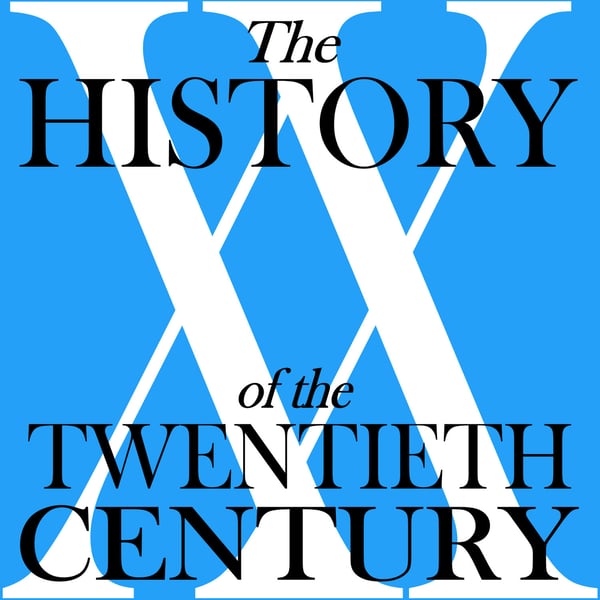337 The Tizard Mission
The History of the Twentieth Century
Mark Painter
4.8 • 719 Ratings
🗓️ 10 September 2023
⏱️ 48 minutes
🧾️ Download transcript
Summary
In 1940, the British government was in the frustrating position of funding research on a number of promising projects that would be valuable to the war effort, but with the Battle of Britain in full swing, British factories had to turn out fighter planes as fast as they could. There was no room for development of experimental new technologies, so the British turned to the United States
Transcript
Click on a timestamp to play from that location
| 0:00.0 | When the Second World War began, British scientists were investigating a number of new technologies |
| 0:25.6 | that could potentially change the course of the war. |
| 0:29.6 | But when Britain was left to fight the Germans alone, British industry was stretched to the limit just to keep up. |
| 0:39.4 | What was the solution? |
| 0:45.5 | How about turning to the nation that was a world leader in mass production? |
| 0:50.6 | Welcome to the history of the 20th century. Episode 337, the Tissard Mission |
| 1:26.7 | All the way back in episode 3004, 37, the Tissard Mission. |
| 1:36.3 | All the way back in episode 301, I told you about the German physicists Otto Hahn and Fritz Strassmann, who were the first to split the uranium nucleus in 1938, and the physicist |
| 1:43.3 | Lisa Meitner and her nephew Otto Frisch, who published a paper in January |
| 1:48.7 | 1939, giving the theoretical explanation for Hans and Strassmann's results. |
| 1:56.9 | In Britain, physicists set a number of British universities, including Cambridge, Liverpool, and |
| 2:04.2 | Birmingham, studied uranium fission. They tried to replicate the result, work out the theoretical |
| 2:11.3 | basis for uranium fission, and consider two questions. First, might it be possible to use uranium fission chain reactions |
| 2:20.4 | to build a facility that could produce usable power? |
| 2:24.5 | Generate electricity, perhaps. |
| 2:27.2 | And with war brewing in Europe, |
| 2:29.5 | the second question would be hard to avoid asking. |
| 2:33.1 | Could uranium fission be used to produce an atomic bomb? |
| 2:38.8 | In 1939, the tentative answers most physicists were willing to offer to these questions were, |
| 2:46.4 | possibly yes, and probably no. Yes to power generation, but the atomic bomb seemed wildly |
| 2:54.6 | impractical. We've already met Sir Henry Tissard, the English scientist who, before the war, |
| 3:03.3 | led a committee created to investigate the problem of air defense. It was Tissard's committee that |
... |
Please login to see the full transcript.
Disclaimer: The podcast and artwork embedded on this page are from Mark Painter, and are the property of its owner and not affiliated with or endorsed by Tapesearch.
Generated transcripts are the property of Mark Painter and are distributed freely under the Fair Use doctrine. Transcripts generated by Tapesearch are not guaranteed to be accurate.
Copyright © Tapesearch 2025.

